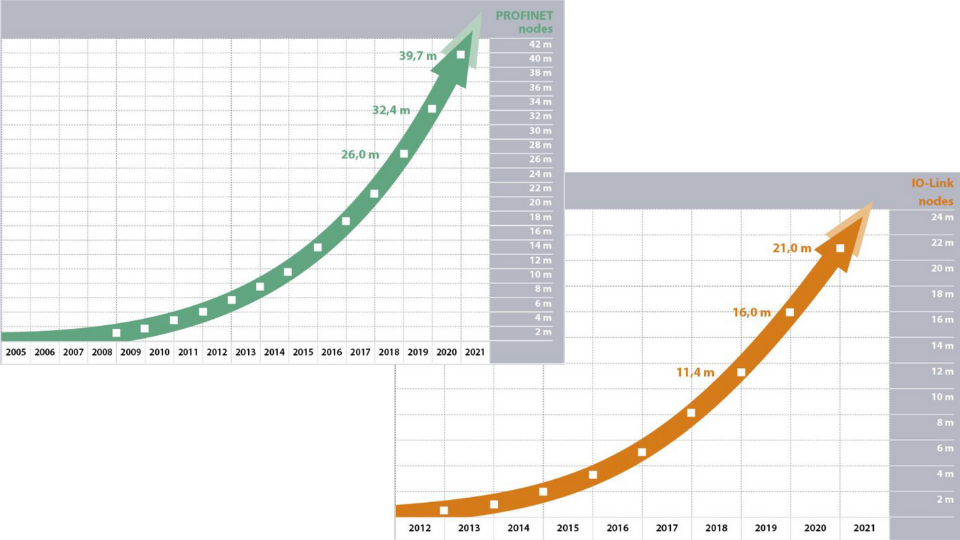Welcome to Our 200th Issue!
It is my great pleasure and honor to be presenting the Welcome Article for this edition of PROFINEWS. What do 200 issues of PROFINEWS mean for our community? For some, it's just a number. But for the rest of us, it represents the achievements and growth of this market that's been created.






